Outdoor Cooking - History
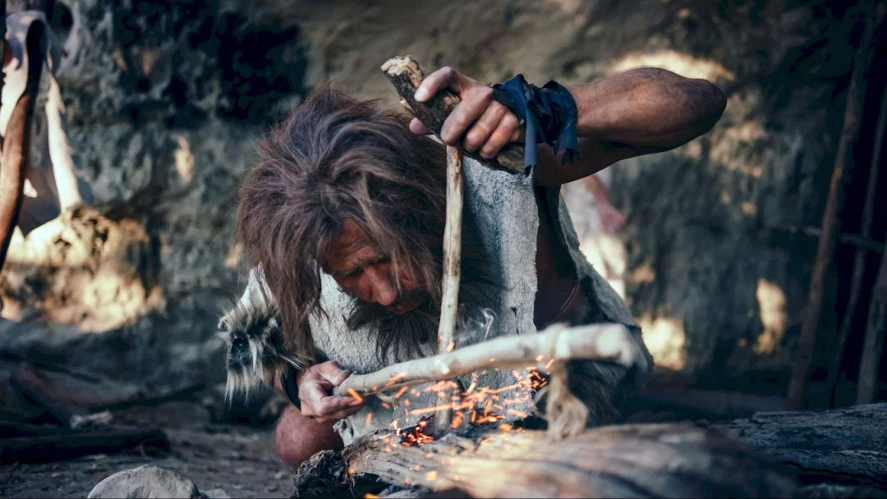
Contents
Cooking and gastronomy has been quickly developing in our times. But some things remain the same: we still use fire, utensils and the right ingredients. How did people in the past get access to these necessities?
No Tinderbox, No Fire!
What did our ancestors use to made fire is still rather unclear. But one possibility seems to have been the tinderbox. After all, even the most famous European mummy, the Iceman Ötzi, was found together with tools necessary for making fire.
Three things are needed to make fire for outdoor cooking: a flint, steel striker, and char-cloth or amadou. The flint has been used by humans since the Stone Age. It is a form of form of the mineral quartz that splits well into smaller pieces. And even though several thousand years have passed since its discovery, flint is still used by rangers and other skilled hikers to make campfire today.
Another tool you need is steel striker. Steel striker is a thin steel rod. However, before our ancestors invented metalworking or steel, they used iron pyrite or marcasite.
Lastly, you need tinder. Tinder is necessary to ignite kindling. Our ancestors often used char-cloth or amadou (spongy substance made by drying certain fungi). Char-cloth is produced by charring (not burning) natural fibre (hemp, linen, cotton) and is considered one of the finest types of tinder.
Fungi As Tinder?
Our ancestors, however, often did not have all those materials at hand and had to improvise. Fungus known as the hoof fungus, Fomes fomentarius (or tinder fungus), was a great alternative to char-cloth. The inner spongy layer of the fungus located under the hard outer layer makes a great tinder. This layer needs to be cut into thin pieces before it can be used to ignite fires.
If you have the necessary tools ready, you can strike the flint against the tinder to try to produce a shower of sparks, and let the sparks fall onto the tinder. The ignited material then needs to be helped by blowing to increase oxygen supply. If you want, you can cook various delicious meals over a campfire, before spending the night under the open sky. You may even be able to find ingredients in the nature around you.
Outdoor Cooking: Find Your Dinner
In the past, people commonly searched their surroundings to find food. And if it were possible in the past, it is still possible today.
Blueberries or raspberries make a delicious fruit salad or a light dessert after meal. Pine needles or wild strawberries are great for tea. And if you have a piece of meat packed with you, you can season it with wild garlic. Feel free to experiment! Once you have the ingredients, the next question is how to cook them.
Iron Cookware: Always Worked Perfectly!
Cooking in iron pots or cauldrons is considered a method verified by centuries of outdoor food preparation. It is still popular today! But why?
Iron cauldrons or cutlery and other types of iron cookware give food an exceptional flavour, because small amounts of iron are released into the food during the cooking process. This is sometimes considered a good thing, because it can be a way to increase our iron intake.
Another reason why iron cookware has been popular is excellent thermal conductivity of the material: iron cookware transfers and distributes heat evenly over the entire cooking surface. This makes the entire cooking process much easier and more efficient, so you don't waste too much time preparing your food.
Planning an Outdoor Trip or Camping in the Wild?
Whether you're hiking on your own, or with a large group of people, be sure to pack the necessary outdoor equipment in your backpack. Camping cookware will come in handy when you get hungry on the way!

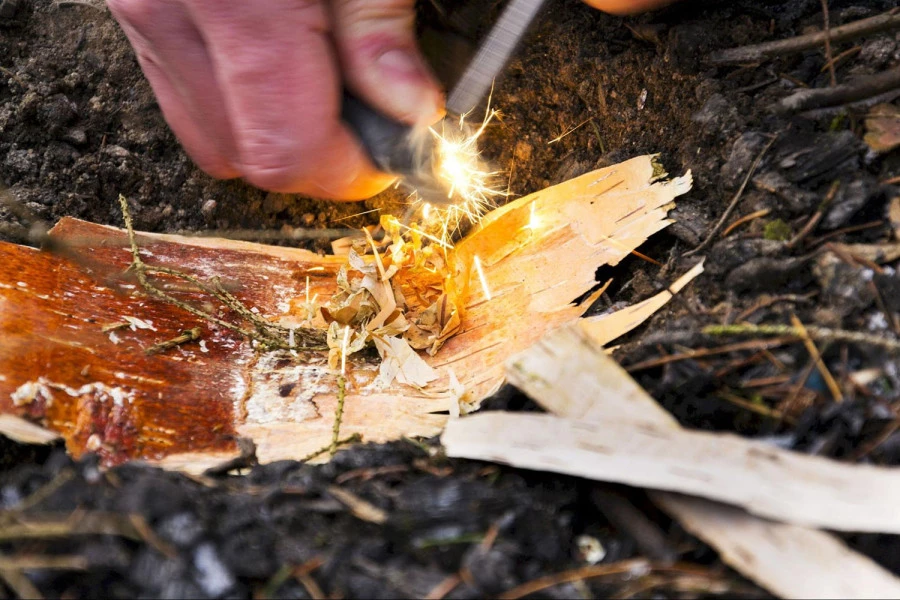
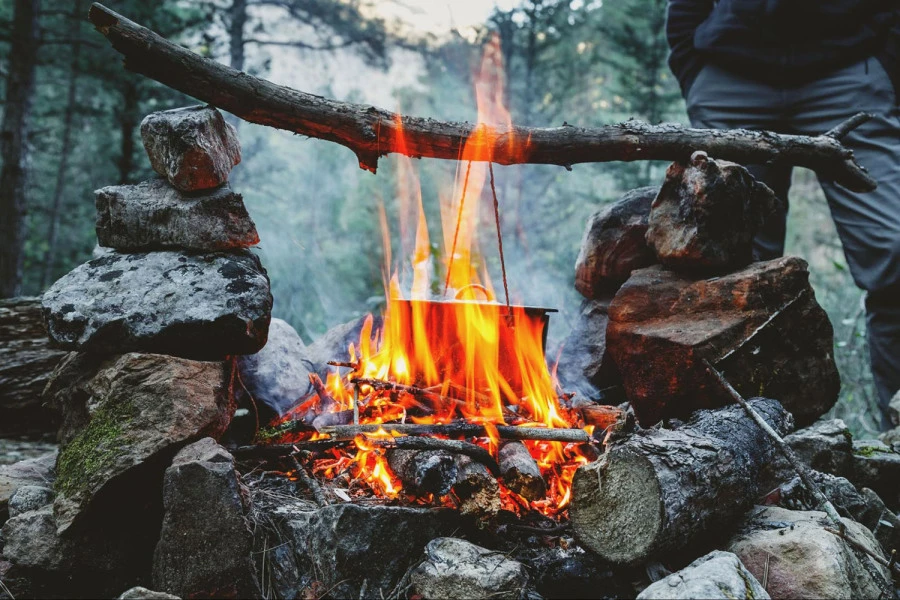
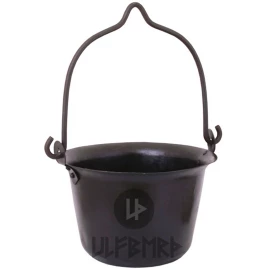
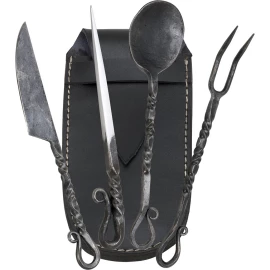
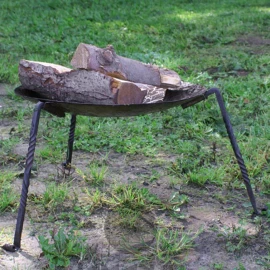
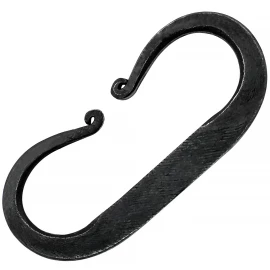
Comments